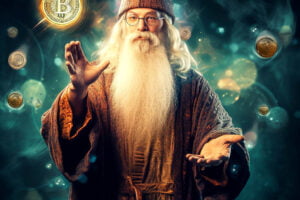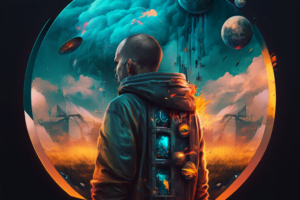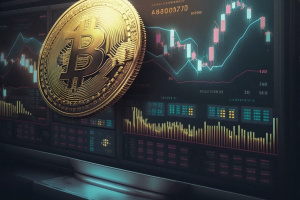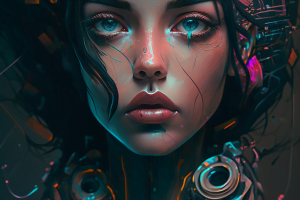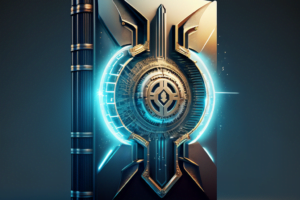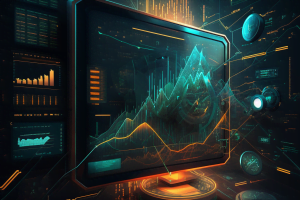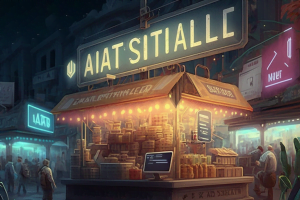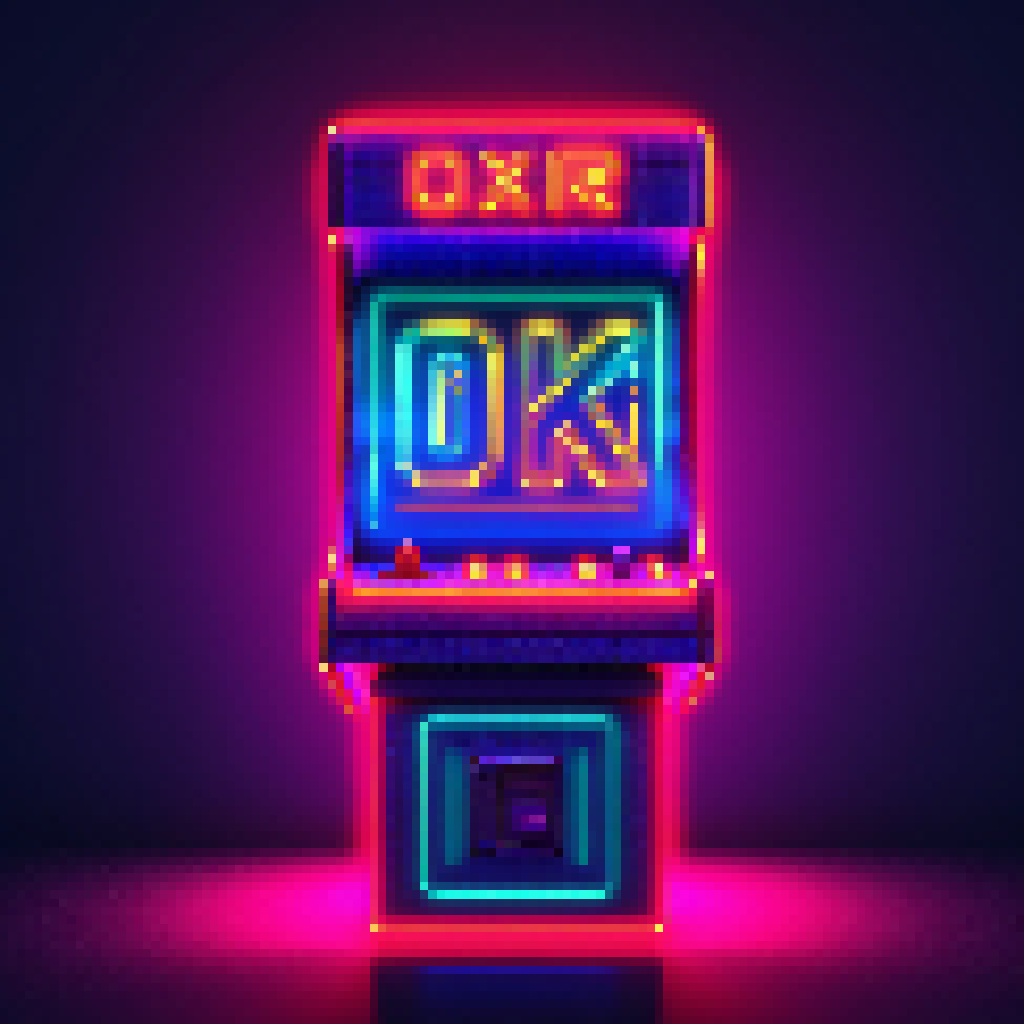The gaming industry has always been at the forefront of technological advancements, and the introduction of non-fungible tokens (NFTs) is no exception. As unique digital assets, NFTs are transforming the virtual landscape by offering players true ownership and control over their in-game assets. In this article, we will explore the impact of NFTs on the gaming industry, their potential use cases, and the future of gaming experiences.
NFTs in Gaming: True Ownership and Control
Traditionally, in-game assets have been controlled and managed by centralized game developers, limiting the extent to which players can truly own their virtual items. However, with the emergence of NFTs, players can now claim verifiable ownership of their in-game assets, empowering them to buy, sell, or trade these digital items freely. The integration of NFTs into gaming platforms has opened up a world of possibilities for both players and game developers, fostering a more immersive and engaging gaming experience.
Use Cases of NFTs in Gaming
- In-Game Assets and Collectibles: NFTs can be used to represent a variety of in-game assets, such as weapons, armor, vehicles, or even virtual real estate. These tokenized items can be traded, bought, and sold within the gaming ecosystem, creating a vibrant marketplace for players to engage with.
- Play-to-Earn Models: The incorporation of NFTs in gaming has paved the way for play-to-earn models, where players can earn real-world value by participating in the game. By collecting, trading, or selling NFTs, players can generate income and build value within the virtual world.
- Cross-Platform Compatibility: NFTs can enable cross-platform compatibility, allowing players to transfer their in-game assets between different games or platforms. This fosters a more interconnected gaming ecosystem and broadens the scope for innovative gaming experiences.
Success Cases of NFTs in Gaming
- Axie Infinity: A leading example of NFT-based gaming, Axie Infinity allows players to collect, breed, and battle creatures called Axies. Players can earn in-game cryptocurrency and trade their Axies on NFT marketplaces, creating a play-to-earn economy.
- The Sandbox: In this virtual world, players can create, own, and monetize their gaming experiences using NFTs. The Sandbox allows players to buy and sell virtual land, as well as create and trade in-game assets, fostering a dynamic and decentralized gaming environment.
- Gods Unchained: This digital trading card game leverages NFTs to offer players true ownership of their cards. The integration of NFTs allows players to buy, sell, and trade their cards freely, establishing a thriving secondary market for in-game assets.
The Future of NFTs in Gaming
The integration of NFTs into the gaming industry is only just beginning, with the potential for further growth and innovation on the horizon. As more game developers explore the use of NFTs, we can expect to see increased cross-platform compatibility, the expansion of play-to-earn models, and the emergence of new gaming genres centered around NFTs. Ultimately, the incorporation of NFTs into gaming has the potential to reshape the virtual landscape, leading to more immersive and engaging player experiences.
Conclusion
NFTs are revolutionizing the gaming industry by granting players true ownership and control over their in-game assets. The incorporation of NFTs into gaming platforms has paved the way for innovative use cases, such as play-to-earn models and cross-platform compatibility. As the adoption of NFTs in gaming continues to grow, we can expect to see an increasingly interconnected gaming ecosystem, the expansion of play-to-earn models, and the emergence of new gaming genres centered around NFTs. Ultimately, the integration of NFTs into the gaming landscape promises to transform the virtual world, leading to more immersive and engaging player experiences.



